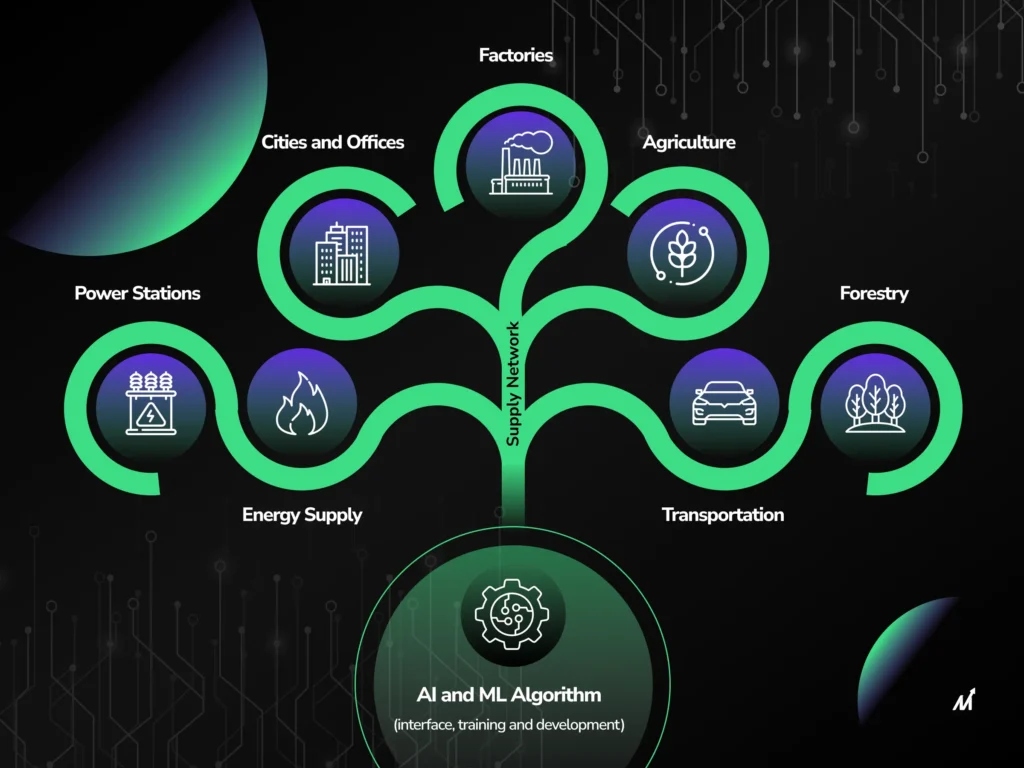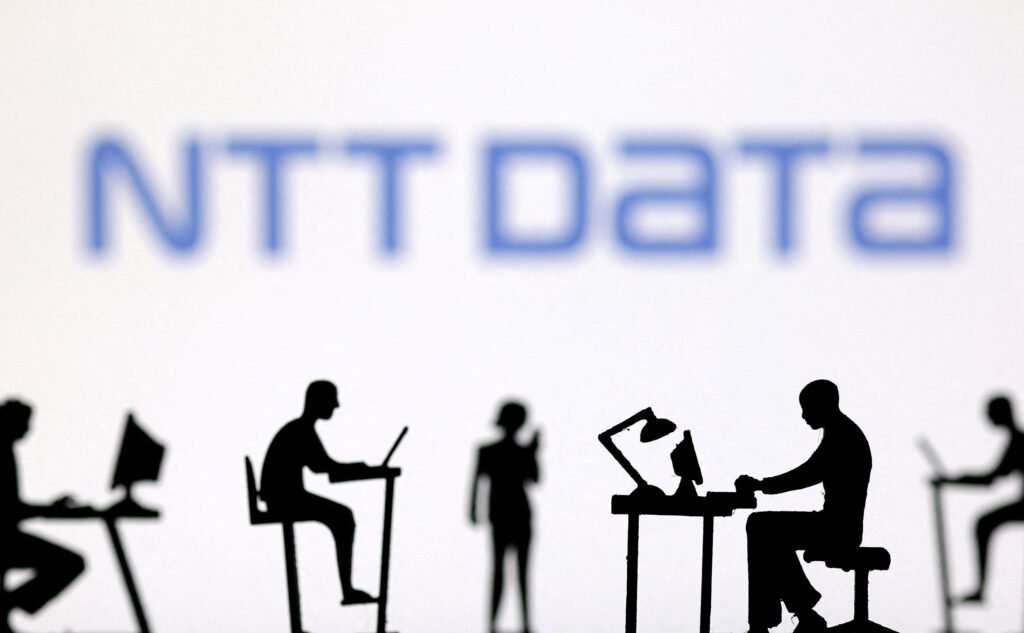In a landmark white paper, “Sustainable AI for a Greener Tomorrow”, NTT DATA – a global leader in artificial intelligence (AI) and digital-business services – warns that the current trajectory of AI development threatens environmental stability and calls for immediate, holistic action.
The message is clear: as AI workloads accelerate, the “resource consequences” are mounting – from soaring electricity use, water demand for cooling data centres, e-waste, to rare-earth extraction. Yet the very same technology can also be a part of the solution. The challenge, says the report, is embedding sustainability into the fabric of AI systems from design to disposal.

Table of Contents
The mounting resource pressure
It’s easy to think of AI purely in terms of models, algorithms or business value. But NTT DATA’s analysis zooms out to the bigger picture: powering, cooling and maintaining AI infrastructure is increasingly resource-intensive.
The white paper states that AI workloads are projected to account for more than 50% of data-centre power consumption by 2028. Meanwhile, non-energy impacts are significant: major uses of fresh water for cooling and growing volumes of e-waste and rare-earth exhaustion from hardware production.
These findings speak directly to the heart of what many call the unsustainable resource demand of AI—particularly relevant for countries like Nigeria, where energy, water and raw-material constraints already challenge development.
NTT DATA’s head of Sustainability Innovation, David Costa, captures the tension well:
“The resource consequences of AI’s rapid growth and adoption are daunting, but the technology also can empower innovative solutions to the environmental problems it creates.”
The emphasis is not on sacrificing AI, but on ensuring its deployment is sustainable by design.

A new playbook: from performance first to green first
NTT DATA doesn’t just outline the risks—its white paper offers practical frameworks for change.
Shift the focus. AI has long been judged by metrics like speed, accuracy or capability. But the firm insists: “Expand from performance to green priorities.” Efficiency in how resources are used must become a core design principle.
Measure what matters. It’s not enough to talk about “lower energy use” in vague terms. Standardised metrics such as the “AI Energy Score” or “Software Carbon Intensity (SCI) for AI” are proposed so organisations can properly benchmark and govern AI’s environmental impact.
Adopt a life-cycle view. The paper stresses that sustainable AI spans from the extraction of raw materials through to hardware production, system deployment, and eventual disposal or recycling. It’s about durability, modular upgrades, reuse and circular-economy thinking.
Shared accountability. Achieving the shift will require many players: hardware makers, data-centre operators, cloud service providers, software developers, policymakers, investors and users. Fragmented efforts won’t suffice.
Best-practice playbook. Some of the actionable steps include:
- Using “green software engineering” patterns to reduce resource demand.
- Running intensive AI workloads when renewable energy is available.
- Prioritising modular/upgradable components and elongating hardware lifespan.
Why this matters for Nigeria and beyond
Though the focus of the white paper is global, many of the themes strike home in an African and Nigerian context.
First, the energy-intensive nature of AI development collides directly with electricity infrastructure realities in Nigeria. If more data centres and AI workloads spring up without efficiency in mind, the stress on national grids may worsen.
Second, water scarcity is a growing concern across many regions in Africa. The paper’s flagging of AI’s water footprint for cooling systems rings alarm bells here. Independent research projects AI’s water withdrawals could reach between 4.2–6.6 billion m³ by 2027 globally.
Third, e-waste and rare-earth use may seem abstract in boardrooms, but they are felt here in supply-chain disruptions and environmental risks associated with discarded electronics. Implementing circular-economy thinking means less waste and better outcomes.
In international terms, the call from NTT DATA is not just “be aware”, but “act now”. Sustainable AI is a strategic opportunity – one that builds organisational strength, long-term value and environmental resilience. By acting proactively, corporations and governments can avoid being burdened by stranded assets, regulatory backlash or reputational risk.
For Nigerian businesses, this means: embed sustainability at the earliest design stages, demand transparency from hardware and cloud-service suppliers, and align AI efforts with renewable-energy availability and circular-economy practices.

Conclusion: Turning the challenge into a competitive edge
NTT DATA’s white paper delivers a potent message: the unsustainable resource demand of AI is no longer a theoretical concern but a systemic risk. But embedded within that risk is a compelling business opportunity—one where organisations can lead in sustainable innovation, gain a competitive edge and contribute to broader environmental goals.
For technology leaders in Nigeria and across Africa, the time to act is now. The key lies not in scaling AI mindlessly, but in scaling it responsibly—designing systems that perform both technically and environmentally. With metrics, circular practices, ecosystem-partnerships and governance aligned, the promise of AI can be realised without sacrificing the planet.
The white paper is downloadable via NTT DATA’s website, and for those seeking to align AI strategies with sustainability, it offers a valuable roadmap.
As AI reshapes industries across the world, we face a choice. Either fuel the growth of AI in a resource-hungry manner and risk environmental and infrastructure distress — or pivot now, embed sustainability into every layer of design and deployment, align with circular-economy thinking, and turn the challenge of resource demand into a source of innovation. The call from NTT DATA could not be clearer: act now, for a greener tomorrow
Join Our Social Media Channels:
WhatsApp: NaijaEyes
Facebook: NaijaEyes
Twitter: NaijaEyes
Instagram: NaijaEyes
TikTok: NaijaEyes





